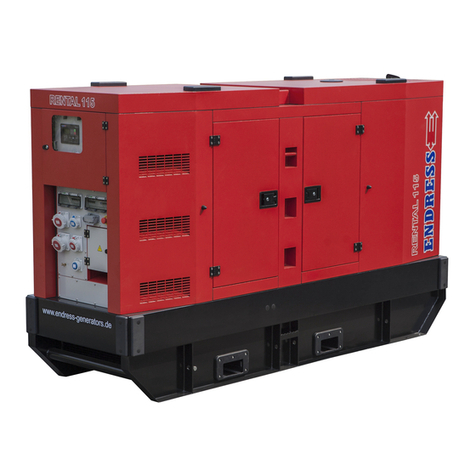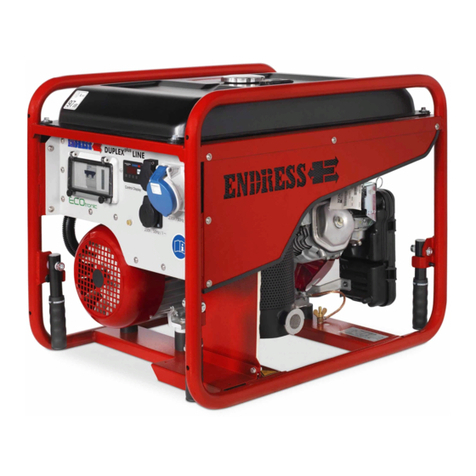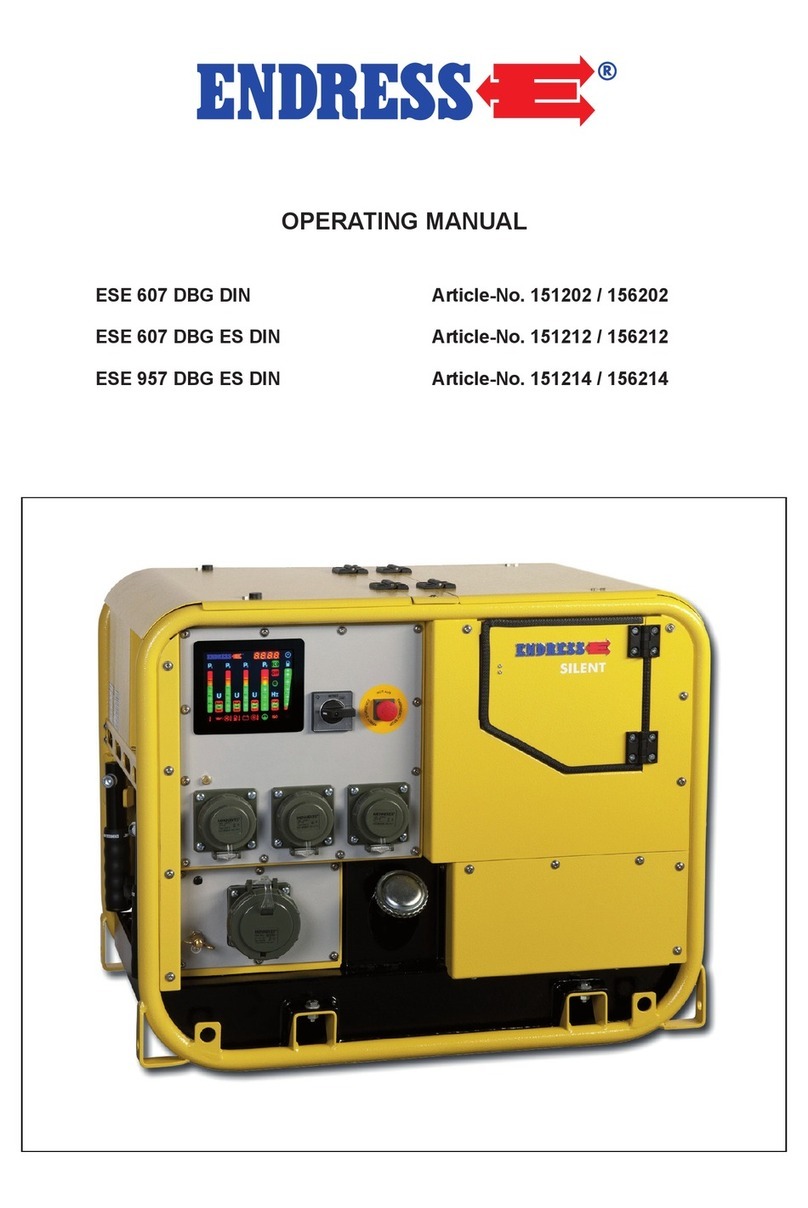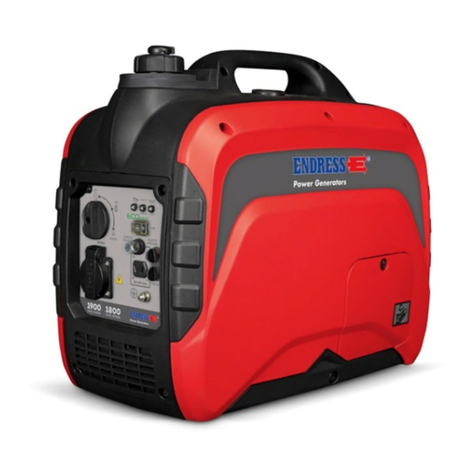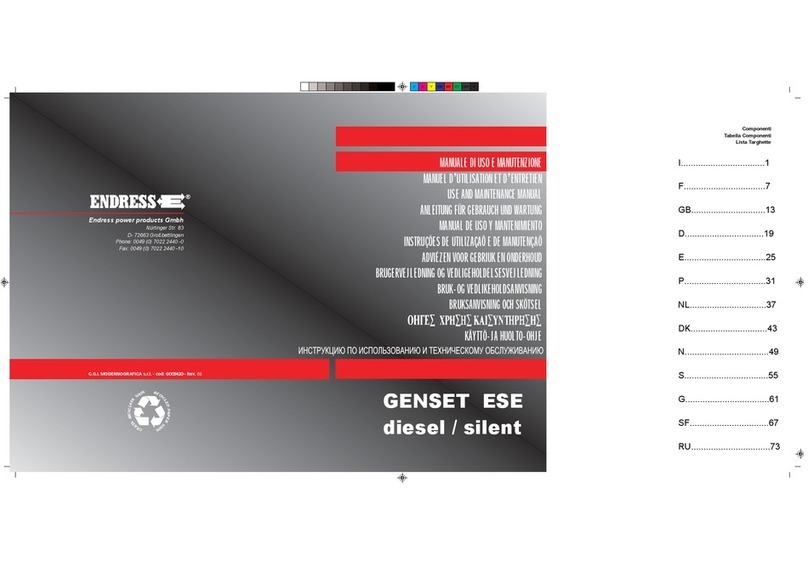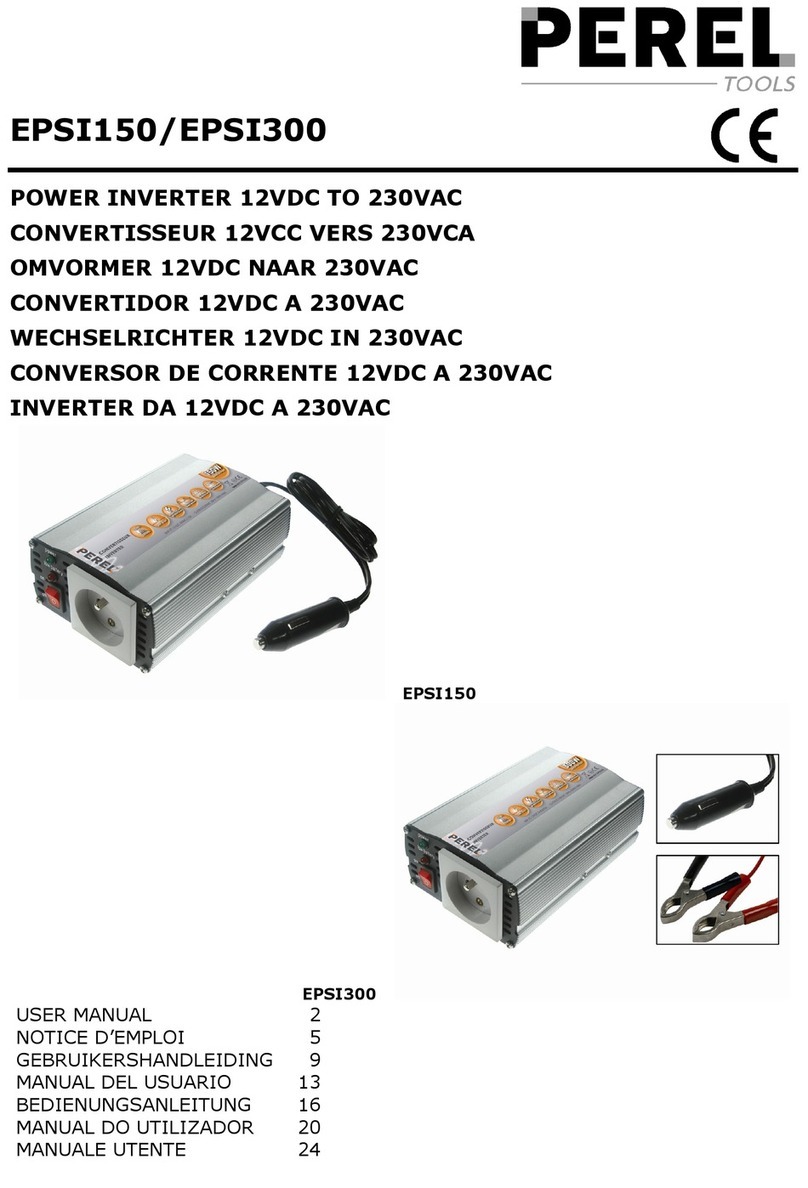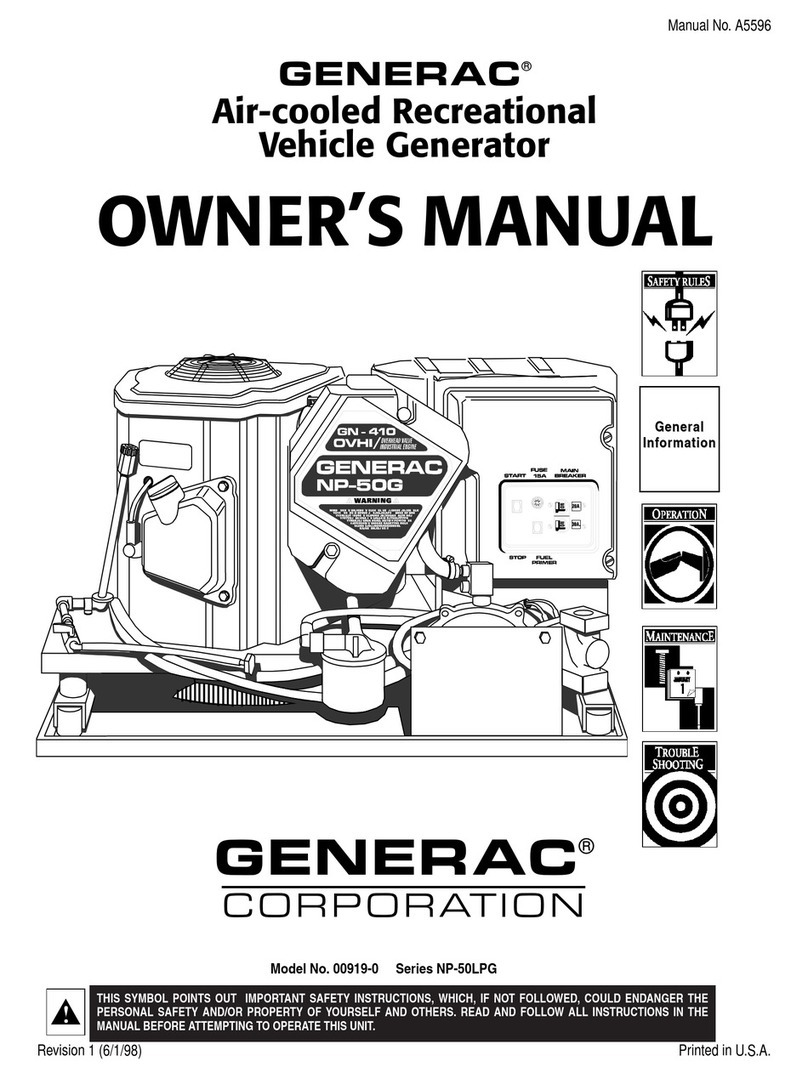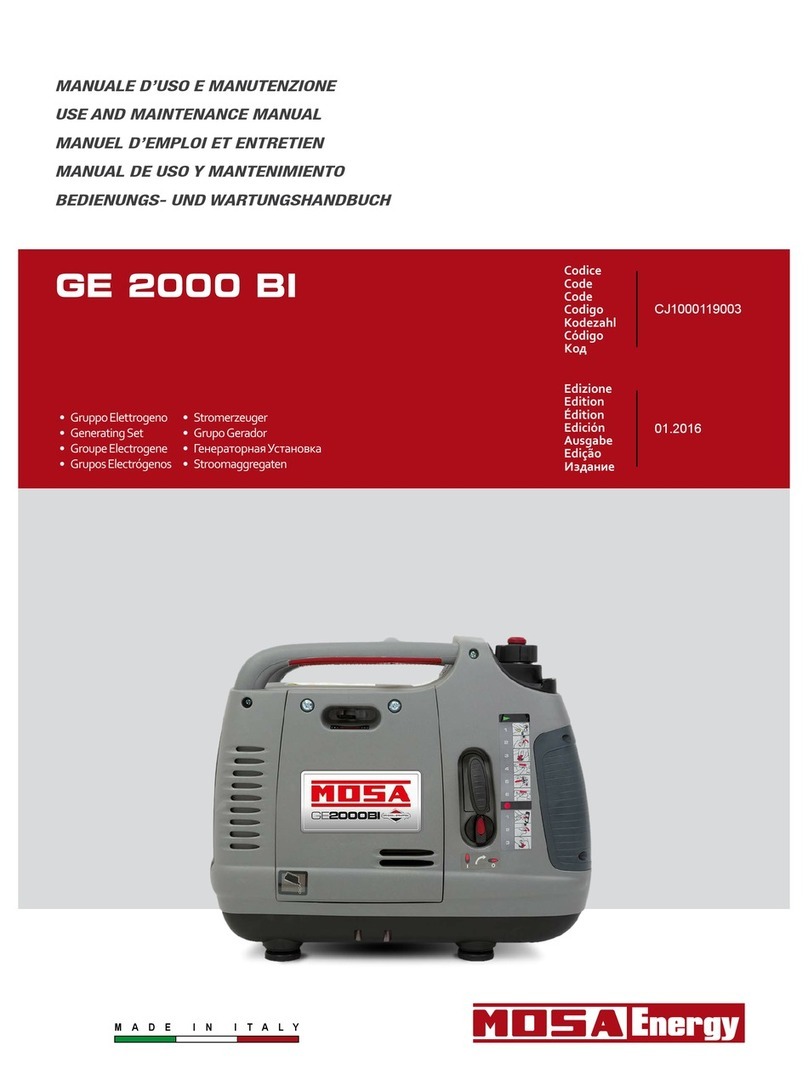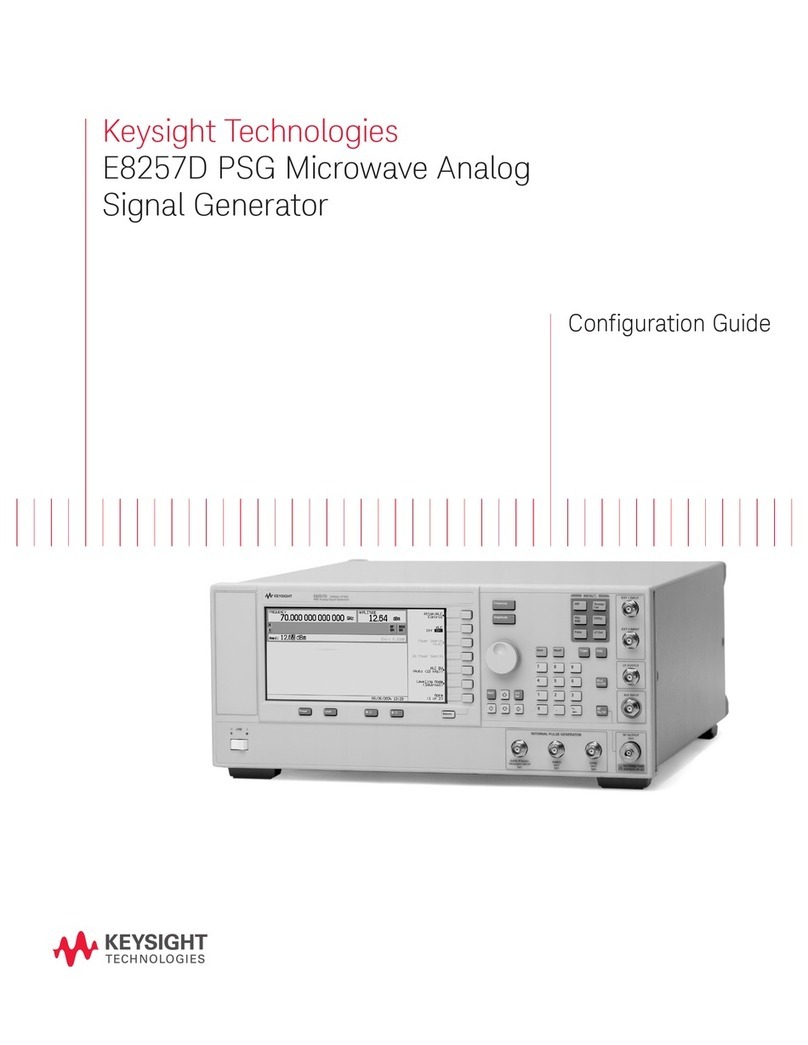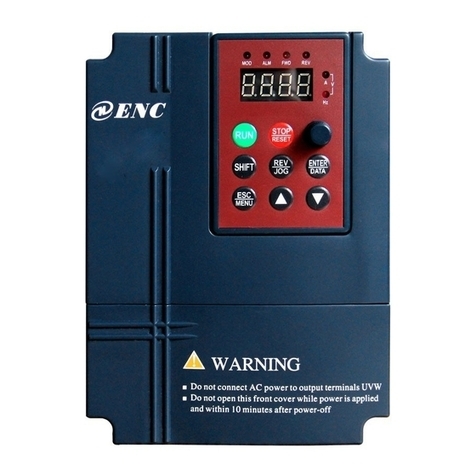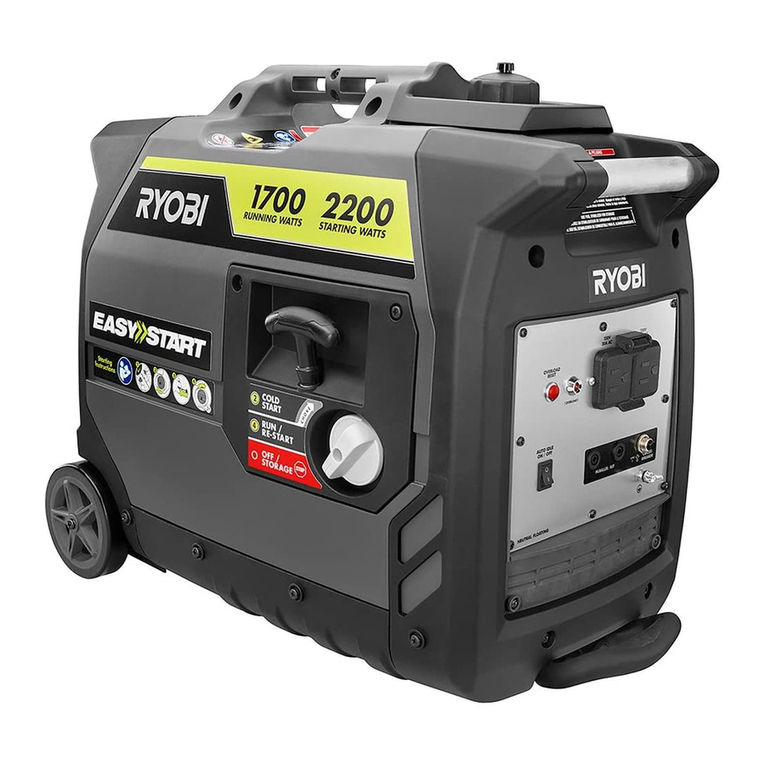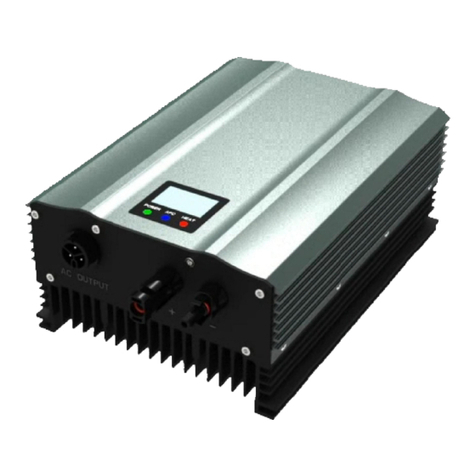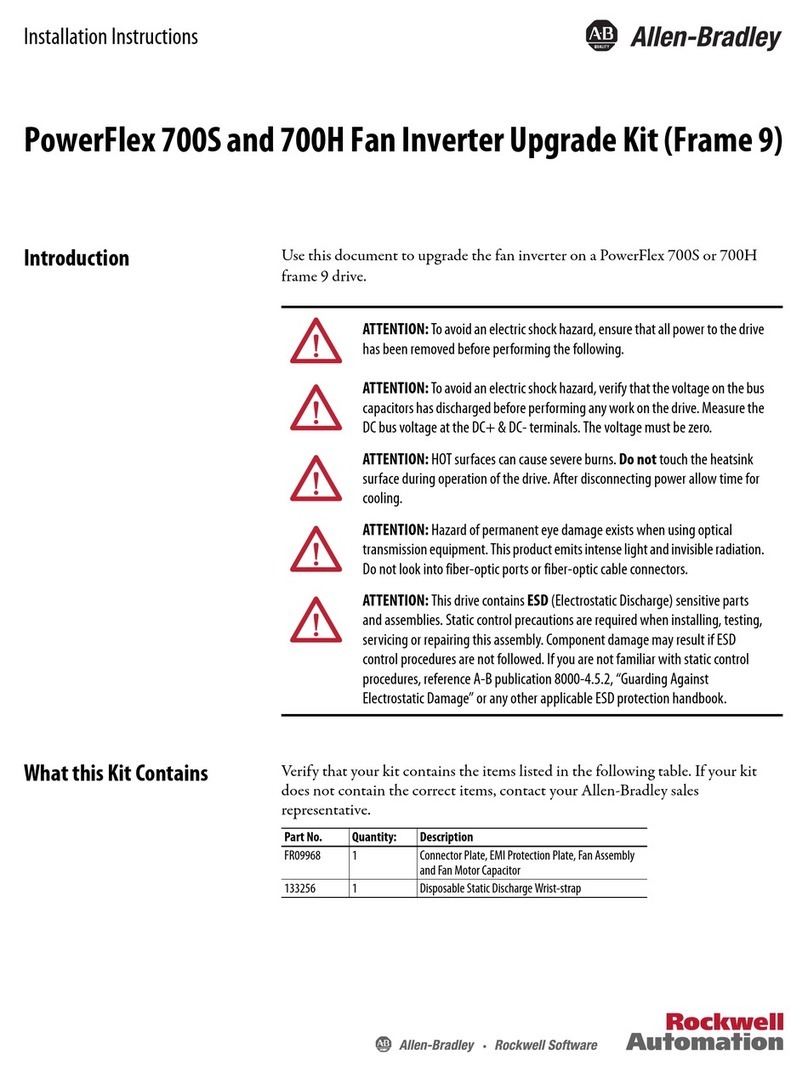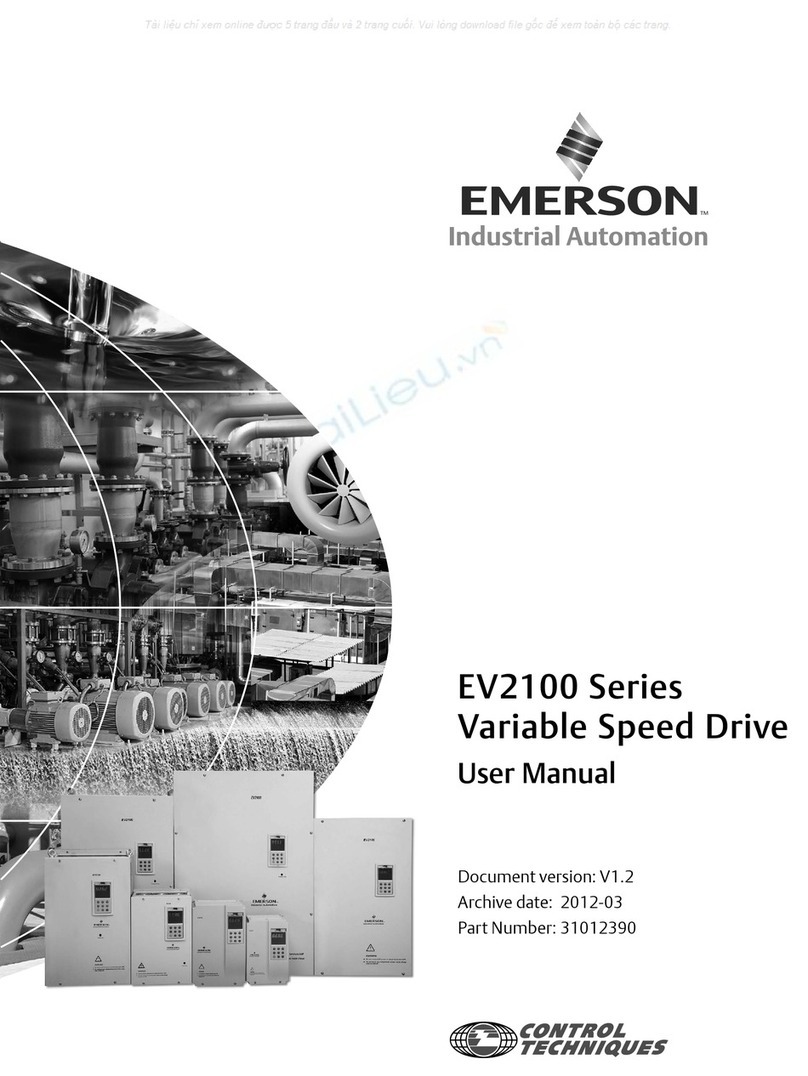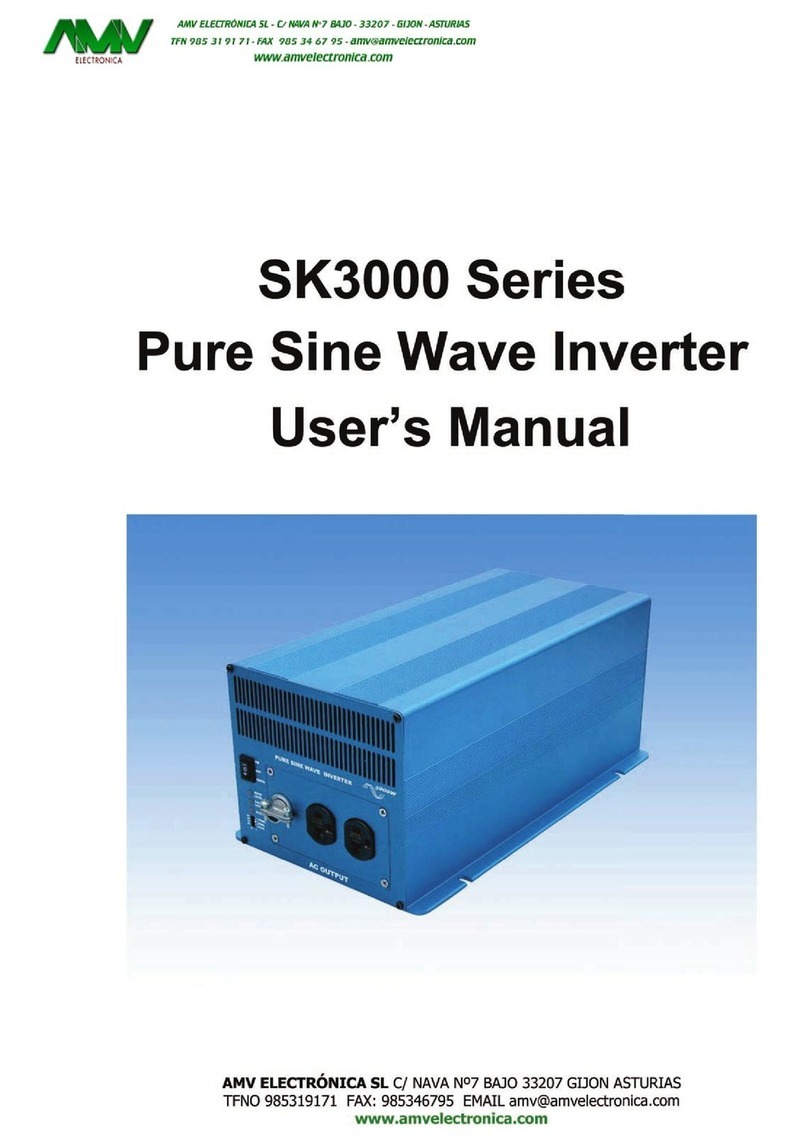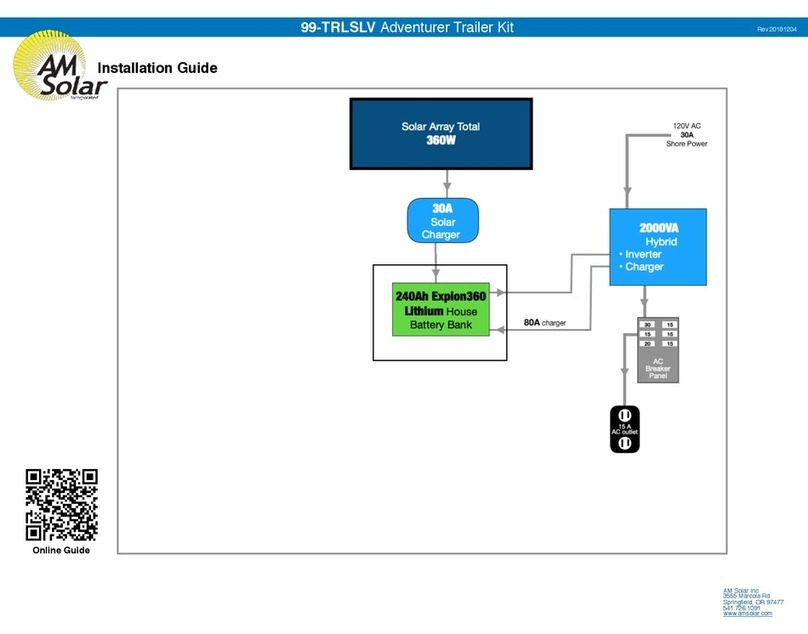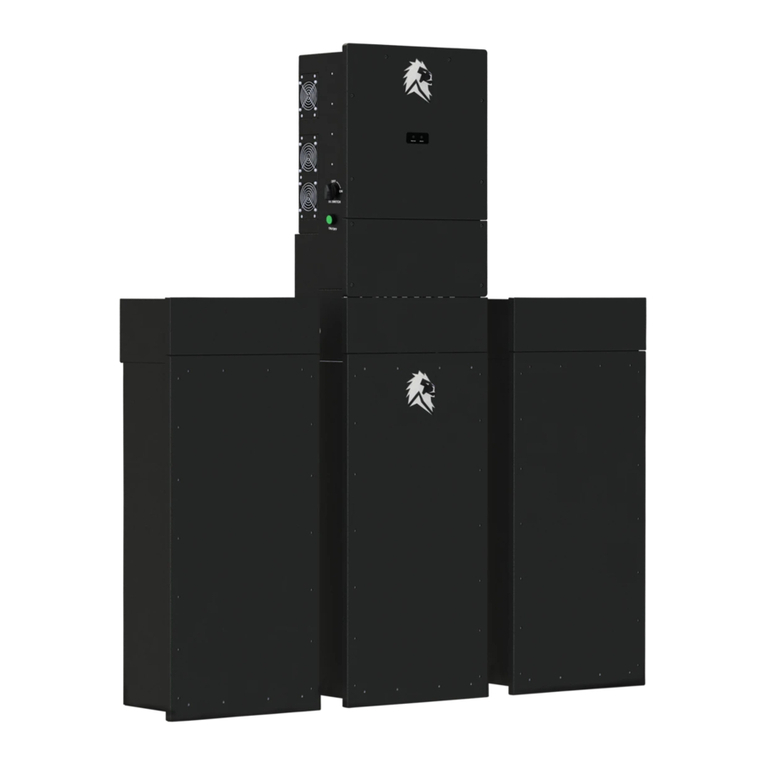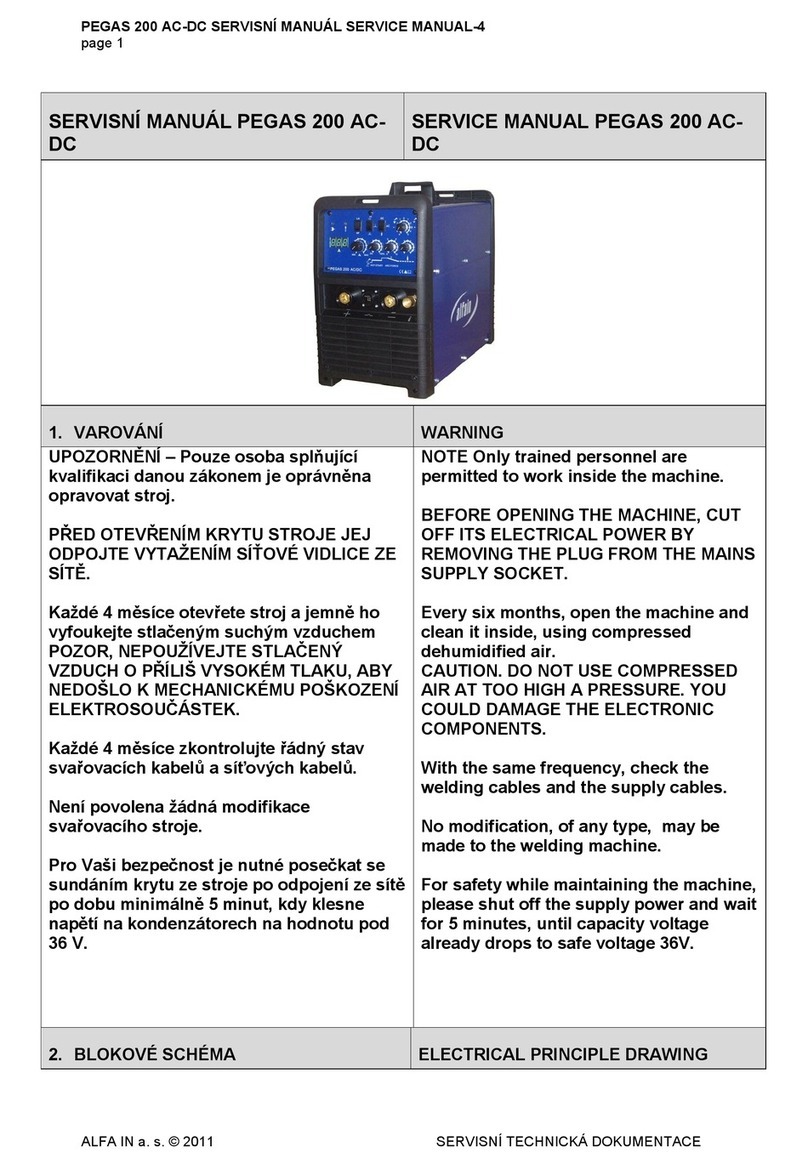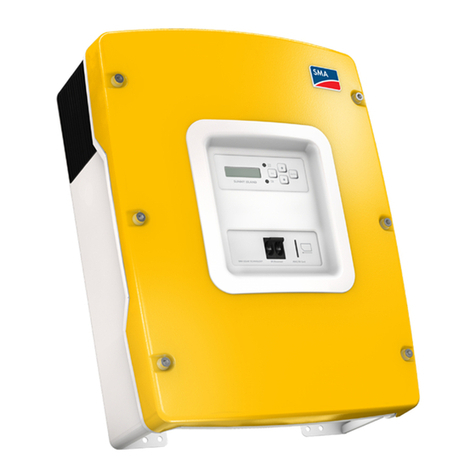
About these instructions
Signs and Symbols used
3
List of Contents
1 About these instructions..................................................................................5
1.1 Signs and Symbols used....................................................................................6
1.1.1 General Signs / Symbols.........................................................................................6
1.1.2 Safety symbols………. ............................................................................................7
2 General Safety Guidelines................................................................................8
2.1 Intended Use .....................................................................................................8
2.1.1 Intended use…………. ............................................................................................8
2.1.2 Foreseeable misuse and incorrect operation..........................................................9
2.1.3 Residual Risks………............................................................................................10
2.2 Qualifications and Duties .................................................................................12
2.3 Personal Safety Equipment..............................................................................12
2.4 Hazard Areas and Work Places .......................................................................12
2.5 Labelling on the Power Generator....................................................................13
2.6 General Safety Instructions..............................................................................15
3 Description ......................................................................................................19
3.1 Function and Mode of Operation......................................................................20
4 Putting the Power Generator into Operation ................................................21
4.1 Dismantle the transport safety device ..............................................................21
4.1 Transporting the Power Generator...................................................................22
4.2 Setting-up the Power Generator.......................................................................23
4.3 Fuelling the Power Generator ..........................................................................24
4.4 Filling the Power Generator with Motor Oil.......................................................25
4.5 Starting the Power Generator...........................................................................27




















